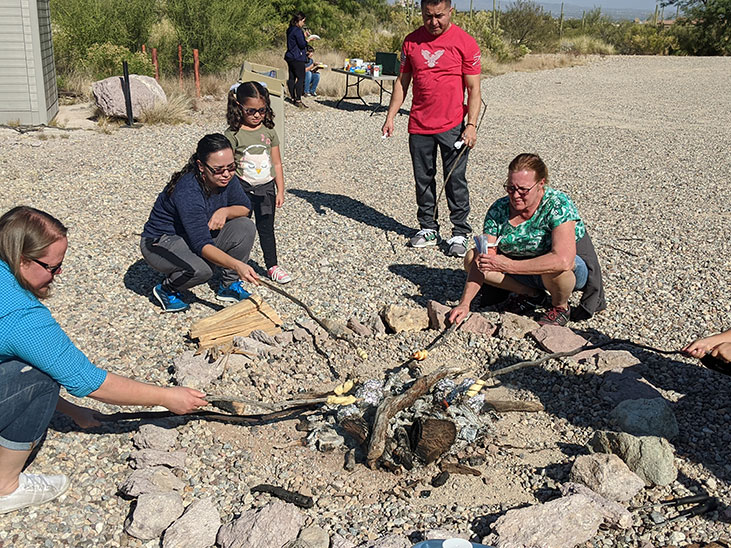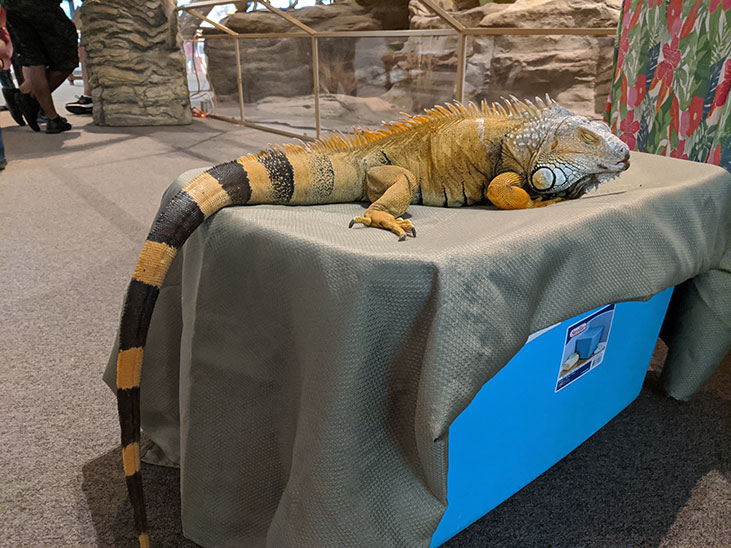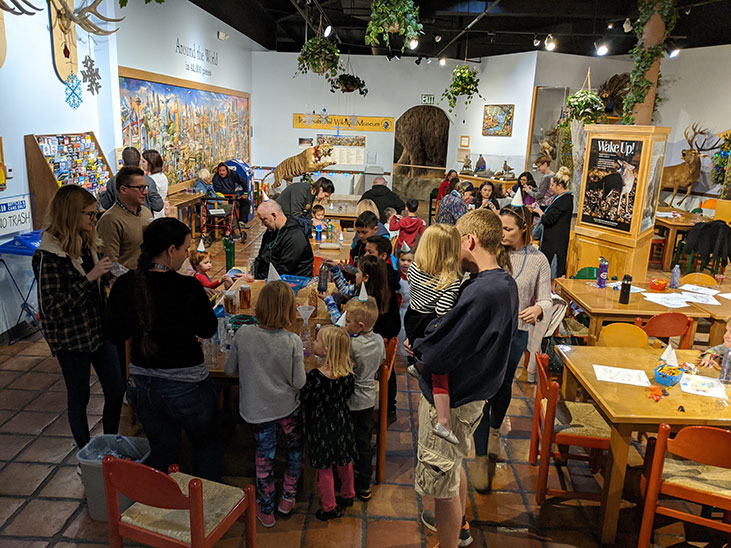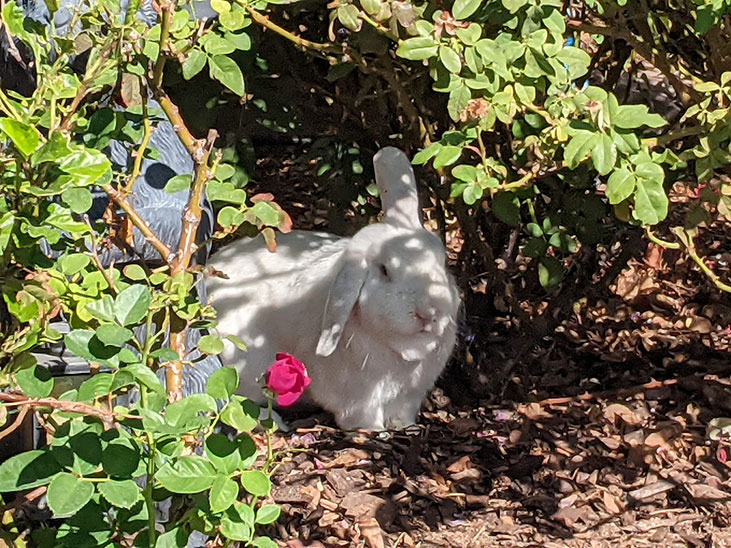The Birth Of The International Wildlife Museum
What would become known as the SCI and SCIF International Wildlife Museum began with C.J. McElroy and Royal Bouschor, a Tucson attorney.

The museum had no trouble gaining the support of the boards of directors of both SCI and SCICF early on. According to a 1979 issue of SAFARI Magazine, both boards gave “formal blessing and support to building a World Wildlife Museum.”
Safari Club International’s International Wildlife Museum and Headquarters in Tucson has received thousands of visitors since it opened to the public in 1987. The exhibit that usually receives the most attention is “A King’s Roar,” a heroic bronze of an African lion created by world-renowned artist and sculptor Lorenzo Ghiglieri of Portland, Oregon.
When the museum finally opened on February 1988, more than 300 SCI members and contributors wearing casual safari clothes attended the grand opening celebration. They were greeted by men dressed as French Foreign Legionnaires and riding camels.
The museum’s design is based on a Foreign Legion post Mac visited while hunting in Chad. About 300 anti-hunters also were on-hand. They apparently had been tipped off when reporters and television crews were coming because they arrived just before the media, paraded with their signs, then left as soon as the cameras were put away.

The focal point of the museum is a towering 30-foot mountain populated by sheep and goats of the world depicted in their native elevations and habitats. Surrounding the mountain are twenty-two dioramas ranging in size from a delightful five-foot scene showing springhares cavorting in the moonlight to a thirty-foot waterhole scene with one of Africa’s largest specimens, the Cape buffalo.
Since its opening, two major additions were completed with the aid of the Sables and donors such as Dan Duncan — an exhibit displaying prehistoric a wooly mammoth and a giant Irish elk and another exhibit featuring the game animals of southern Arizona, including a world-record non-typical Coues deer.
As with all institutions, the International Wildlife Museum’s mission and programs have evolved to continue to meet the needs of the Tucson community. The IWM offers group tours of the museum to schools, Boy Scout and Girl Scout groups, church groups among others. The Museum also has Holiday events and Seasonal Camps year-round. The IWM has also taken animals to local TV and Radio stations to promote the museum and special events.

With the forced closure of the IWM due to the recent COVID pandemic, the museum expanded its online presence with web-based presentations on wildlife conservation, habitat and human wildlife cohabitation balance. These online presentations have become very popular and have extended the IWM past the State and Regional level. Schools on the East Coast and as far away as Germany have requested to be part of these live, online presentations. The presentations are very interactive. Students and teachers are able to ask questions of the presenter, and the presenter can display live animals during the seminars.
The IWM has added live demonstration animals to its repertoire. Snakes, Monitor lizards, turtles and insects are just a few of the residents. Wilbur, the flop-eared unofficial mascot of the IWM, has made many appearances on local television and has his own popular Facebook page.
The International Wildlife Museum has also worked closely with the Arizona Game and Fish Department in protecting and propagating Arizona native species. The pond on the museum grounds has been home to the Arizona chub, Gila top minnow and other native fish species.

The museum has also worked with AZGFD to foster desert tortoises. In addition, the still relatively remote site of the IWM encourages local wildlife to continue to use their normal migration patterns. It is not unusual to see herds of javelina taking advantage of the dates that fall from the palm trees in the Fall. Mule deer are often seen in the early morning hours, moving from one grazing ground to another, even coyotes and bobcats have been seen occasionally. The museum even has a breeding pair of Cooper’s hawks that can be seen hunting prey on the grounds for their young.
All in all, the International Wildlife Museum has met and surpassed the original vision of C.J McElroy and Royal Bouschor and will continue to serve the educational mission of Safari Club International and the Safari Club International Foundation for years to come.–Randy Gibbs

